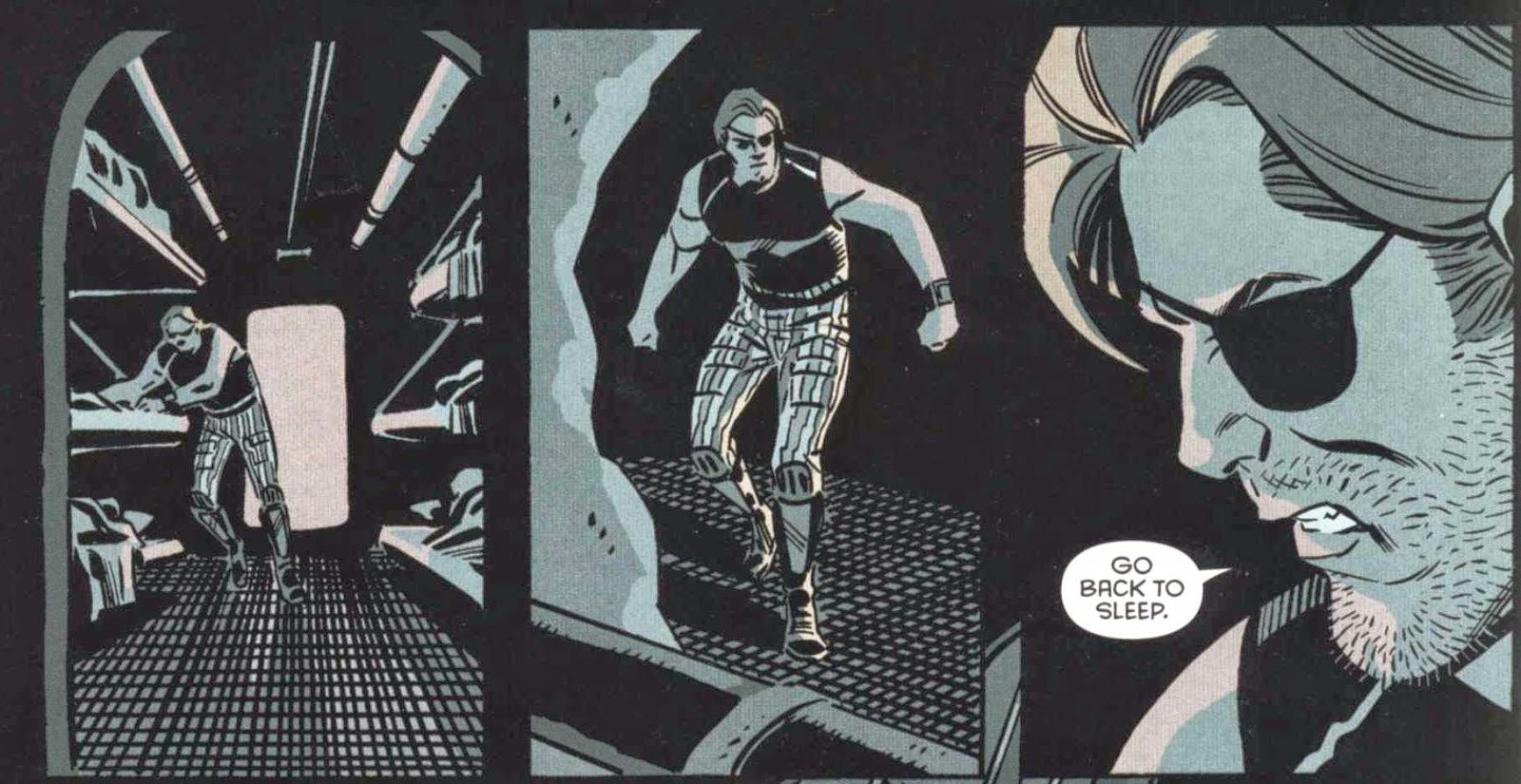Book Review: 'Nomads' by Chelsea Quinn Yarbro
2 / 5 Stars
This novelization (232 pp) of a script by John McTiernan was published by Bantam in May, 1984; the cover artwork is by Jeff Adams. The movie itself was released in the US in March, 1986, and marked the directorial debut for McTiernan, who later would go on to direct Predator and Die Hard.
I watched Nomads on VHS some years after its release, and found it a mildly entertaining film, albeit one limited by its low budget. The film had a very '80s' aesthetic, featuring the sort of visual schemes and synthesizer-heavy soundtracks that are familiar to anyone who watched MTV, and feature films such as American Gigolo and Miami Vice.
The film and novel follow each other with little variation.
Without disclosing spoilers:
In one plot thread, a French-Canadian anthropologist named Jean-Charles Pommier moves into a rented home in LA to start a teaching career. Pommier is shocked to discover that the house previously was the scene of a gruesome murder, and that a group of vicious-looking California street thugs regard the house as a shrine. Pommier, whose specialty is the study of nomadic tribes, is repulsed, but also intrigued, by the thugs, and soon follows them as they make their rounds in the greater LA region.
Pommier gradually realizes that these modern-day 'nomads' are in fact of supernatural origin, living o the edge of human awareness. He also learns that they don't take kindly to being scrutinized by strangers.
In the other plot thread, an emergency room doctor named Eileen Flax discovers, to her dismay and horror, that she has a 'psychic' connection with Pommier. As a result of this connection, she is prone to lapsing into a trance, where she is a passive onlooker to his interactions with the nomads.
As the narrative unfolds, both Pommier and Flax will find themselves targeted by the nomads.....but how can they convince the world that these 'modern ghosts' are not only real, but capable of murder............ ?
Looking at the clips of the film that are posted at YouTube, Nomads is handicapped to a considerable extent by its low-budget origins. Most of the film's content revolves around tedious sequences of psychodrama shot exclusively in close-up, as well as out-of-focus tracking shots of people walking down corridors and hallways while ominous music plays in the background.
And unfortunately, this novelization shows the limitations of being based on a script for a low-budget film. It's a good 40 - 60 pages too long, with too little actions, and way too much unnecessary exposition on the anguish-driven mental states of the major and minor characters.
Those few moments of action that take place in both the film and the novel are limited in scope, and tend to rely on the passivity of Pommier and Flax, as helpless victims of the nomads, rather than a gripping life-and-death struggle with the 'forces of darkness'.
The nomads themselves are rather underwhelming villains; again, the low-budget nature of the film means that on screen and in the novel, they are come across more like ill-behaved extras in an 80s New Wave music video, than a coterie of truly dangerous outcasts.
If you are hungering for nostalgia, then 'Nomads' may be worth picking up. But if you are looking for a forgotten gem of an 80s horror novel, then you're going to be disappointed.














































































